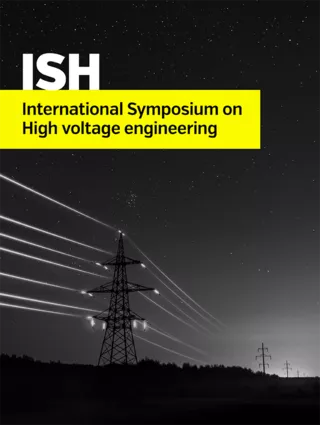Summary
Correlations between molecular properties of gases and the electric breakdown strengths or boiling points were pointed out more than 60 years ago. Recently quantum chemical calculations were used along with semi-empirical equations in order to predict the electric breakdown fields and boiling points of gases without conducting experiments. However, the overfitting issues are ignored, and the transparency of the prediction model has not yet been discussed. Thus, in this contribution, (1) the accuracy of empirical prediction model is evaluated by taking into account overfitting issues, and (2) machine learning techniques are adopted in order to improve the accuracy of the predictions. The performance of the statistical regression models and machine learning models are evaluated by means of repeated double cross validation technique. We adopt the Kernel ridge regression (KRR) method in conjunction with Gaussian kernel, which is capable of modelling complicated nonlinear relations. It is shown that the coefficient of determination between experimental and predicted electric breakdown strengths can be increased by more than 10% and the standard deviation of the prediction error can be decreased by more than 20% by utilizing the KRR based prediction models, and by choosing the appropriate number and combinations of predictors. Regarding the prediction of electric breakdown strength of polar molecules, the best combination of the predictors selected from 8 candidates are polarizability, permanent dipole, adiabatic ionization potential, vertical electron affinity and the difference between vertical and adiabatic electron affinity. As anticipated, it is demonstrated that overfitting issues have to be taken into account, especially when increasing the number of predictors. Electric breakdown strengths and boiling points of CF3I, (CF3)2CFCN (C4-fluoronitrile (the gas mixture is also known as "g3" gas)) and CF3C(O)CF(CF3)2 (C5-fluoroketone) that are recently proposed as alternative gases for SF6, are predicted. Molecular properties used as predictors are computed with the aid of quantum chemical calculations. Predicted electric breakdown strengths and boiling points are in good agreement with experimental findings; the errors were within 30 and 10%, respectively.
Additional informations
| Publication type | ISH Collection |
|---|---|
| Reference | ISH2017_426 |
| Publication year | |
| Publisher | ISH |
| File size | 495 KB |
| Pages number | 6 |
| Price for non member | Free |
| Price for member | Free |
Authors
A. KUMADA, K. HIDAKA
Keywords
machine learning, breakdown, gas, fluoroketone, boiling point




